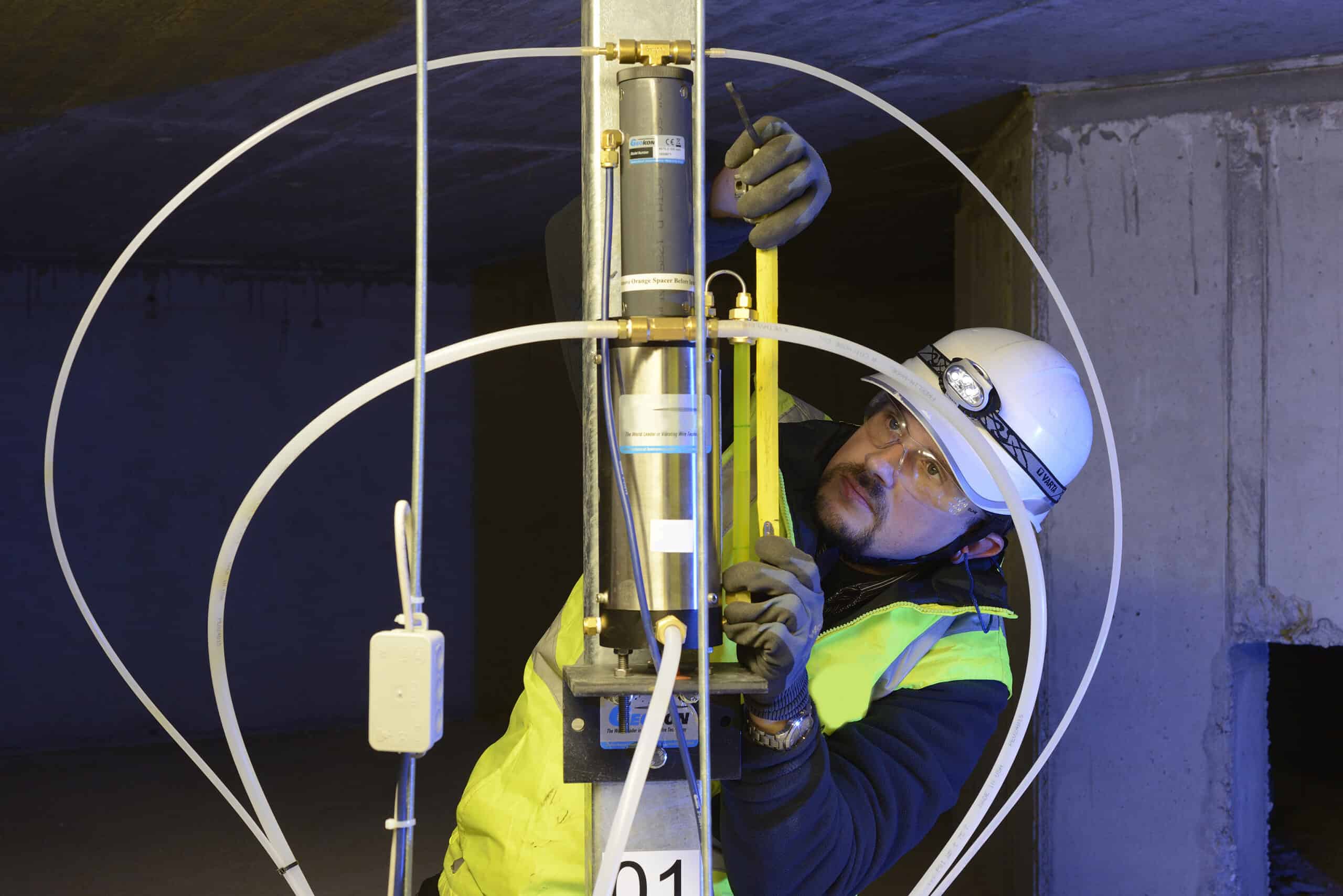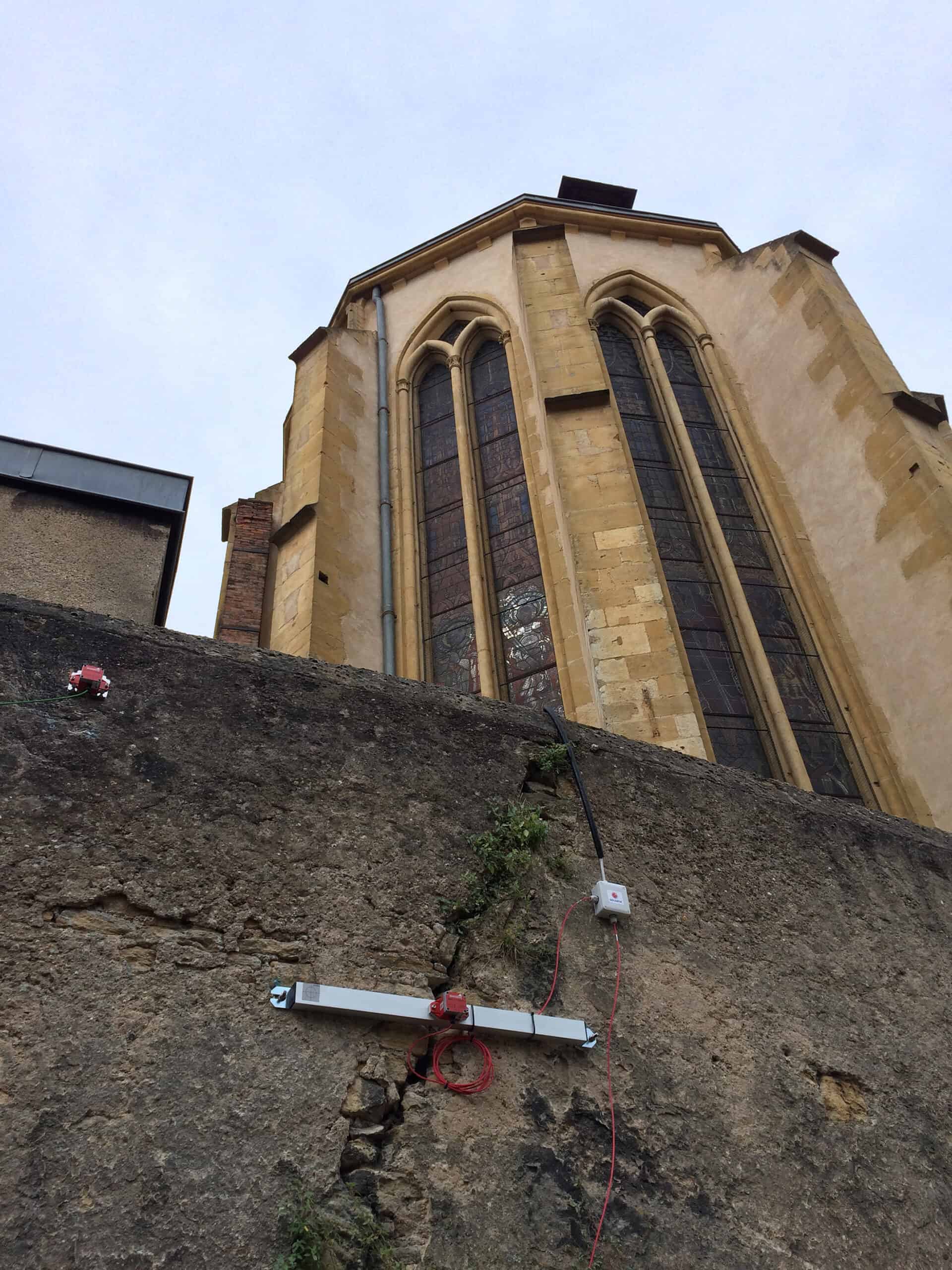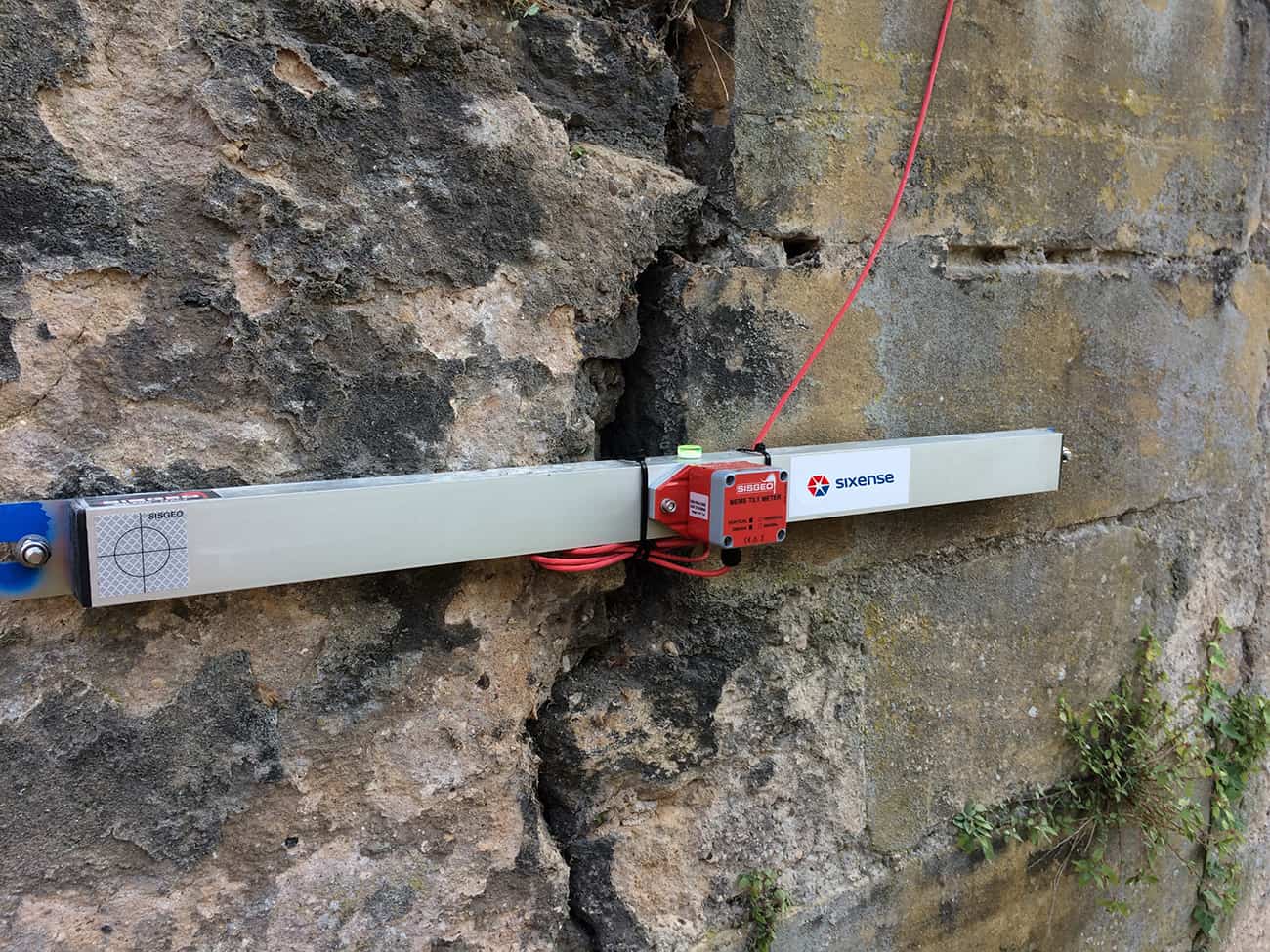Structural sensors are used to monitor structural movements, deformations, stresses & strains in buildings, engineered structures, civil engineering structures, and historic monuments.
The wide range of sensors available means that structural monitoring solutions can be tailored to specific challenges and budgets.
One of their central applications involves the installation of structural sensors where work is carried out on (or near) the structure to ensure that its integrity is not compromised.
They are also used for long-term structural monitoring to track the health of the structure over time and tailor appropriate maintenance solutions.
Structural sensors support the process of structure life cycle management within a wider sustainability policy.
Structural Movement and Deformation Investigation
Some typical applications for structural sensors:
- Nearby construction work
- Renovation, upgrading, extension, underpinning projects
- The appearance of structural issues, such as cracks
- Load increases (greater bridge traffic volumes, a change of machine type in a production plant, a change in the type of warehouse use, creation of additional floors in a building, etc.)
In the context of long-term monitoring, the measurements produced by these sensors enable:
- Health monitoring of the structure as the basis for changes to maintenance specifications
- An extended lifespan for the concerned structure
- Verification of structural safety and usability following an earthquake, climate event, fire, or accident
- Verification of structural behavior following an extreme climate event for which the structure was not initially designed to survive
- Optimization of designs for similar new structures (thereby reducing their ecological footprint)
Sensor Types
The following sensors are simple, robust, and economical:
-
- Displacement sensors (fissurometers) enable precise monitoring (from 0.1mm to 0.01mm) of the relative displacement between two sections of the same structure. They are used to monitor the rate at which cracks or joints are opening.
- Inclinometers (inclination sensors) measure small changes from the vertical with an accuracy of approximately 0.1mm/m
- Laser distance meters are less accurate than fissurometers, but allow similar measurements to be made over longer distances
Geophones and accelerometers are used to measure vibration
Hydraulic settlement gauges (aka water pots or hydrostatic leveling sensors) provide a simple and robust solution for checking settlement (or heave) at several points in the same structure. They are particularly useful in underpinning projects.
The following solutions are used to quantify structural stresses:
-
- Relative micro-deformation (mm) measurements using electric or vibrating string strain gauges and fiber optic sensors. These economical sensors are easily welded, bonded, or embedded in concrete. These sensors also enable dynamic measurements to be made. Stress data can then be calculated from these measurements, provided that Young’s modulus of the material and the geometry of the structure are known.
- Direct measurement of stress in the flat cylinder plane provided that a groove can be chased into the structure for installation of the cylinder
- Measurements made using pressure cells enable relative increases in loading to be measured, but not to a very high degree of accuracy
Fiber optics enable continuous measurement of temperature and deformation along the full length of the fiber. This solution is suitable for long-term monitoring of very long linear structures.
Installing Structural Sensors Allows Clients to:
- Achieve short- or long-term monitoring of structural movement and deformation
- Limit interruptions to the operation of a structure following a climate event or accident
- Analyze and understand the behavior of a structure
- Extend the service life of structures and optimize their maintenance costs
- Manage sustainability and resilience of assets


